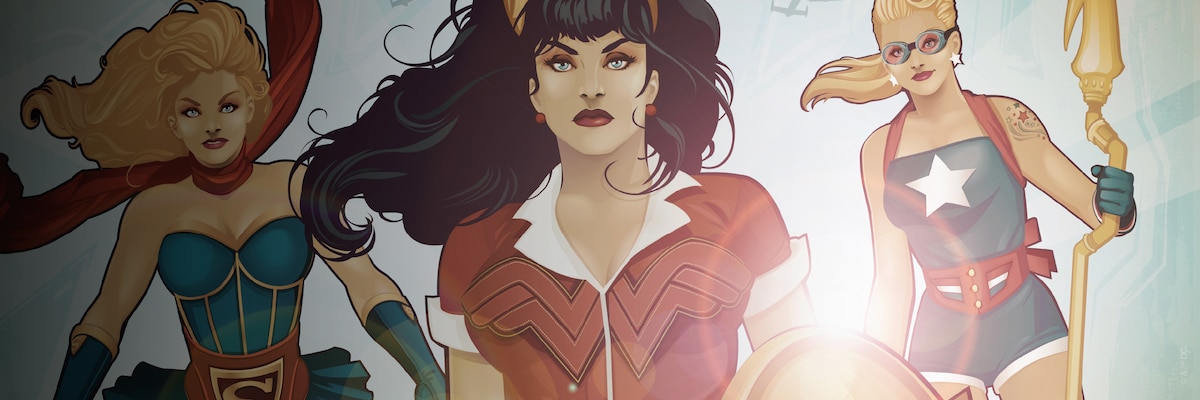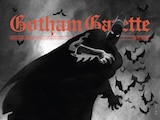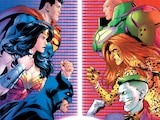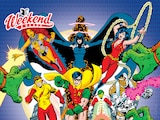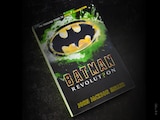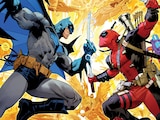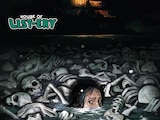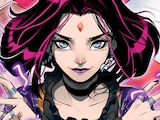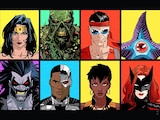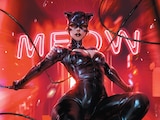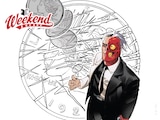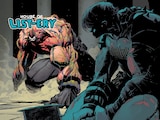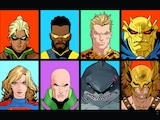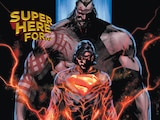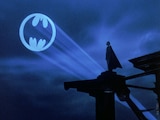DC Comics: Bombshells, the superbly sapphic sensation that hit comic shops in the 20-teens puts queer women at the forefront of the story. Set during World War II, the alt-universe DC series brings aspects of real-life history to the pages of its 100+ issues while focusing heavily on female empowerment and normalizing and celebrating queer identities. But what makes this iconic series so impactful?
First of all, what is DC: Comics Bombshells and its spin-off series Bombshells: United? Well, it’s a brilliant tale of love, war and superheroics! It's World War II and men across the country have been drafted for the war, so women have taken over many roles that were previously male dominated—which is really what happened during the second World War, adding to the history of the second wave feminist movement. However, unlike in our world, in DC Comics: Bombshells, this also includes becoming local vigilantes and heroes tasked with guarding the home front. Meanwhile, other women take to the front lines to fight fascism and instill hope in the hearts of the people.
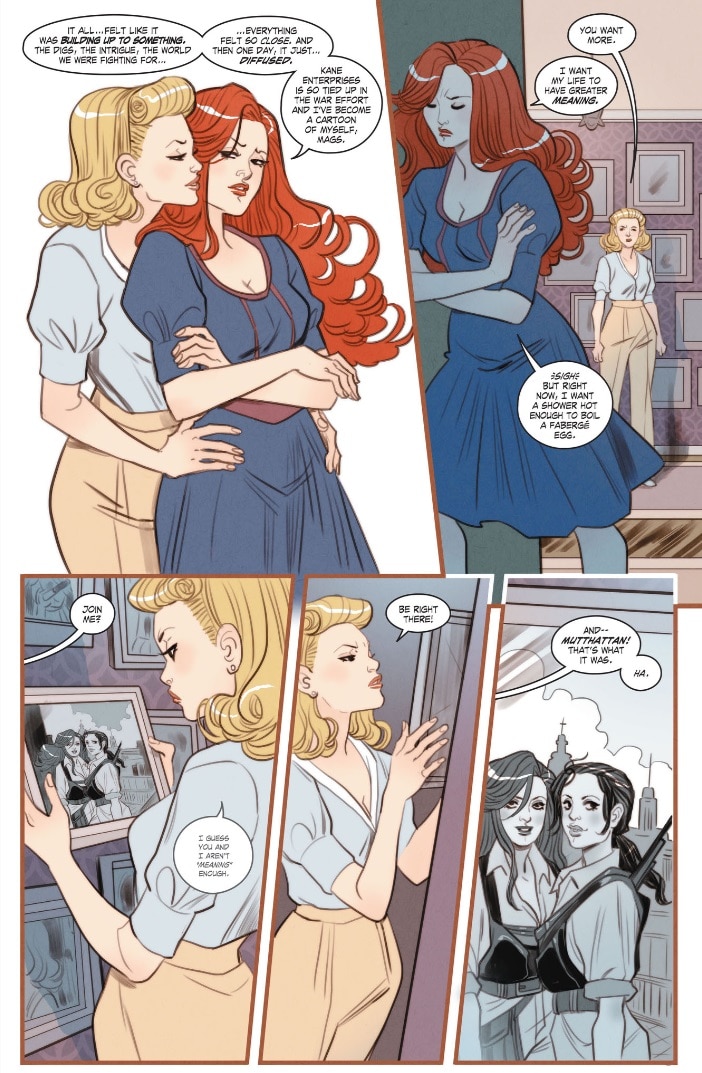
Classic DC heroines that we all know and love are reimagined to fit neatly into this Elseworlds-like story and scattered across the globe—for example Supergirl has landed in Russia, Harley Quinn is British and Poison Ivy is French. Many male heroes don’t exist or aren’t known or acknowledged, making almost all the heroes of this alternate world women. Plus, nearly all the main characters are women loving women with over a dozen characters confirmed sapphic!
The concept of DC Comics: Bombshells was born from a series of vintage pinup-style statues based on art from Ant Lucia. Writer Marguerite Bennett was tasked with bringing these women to life through their own comic book series, which was originally released as part of DC’s digital first comic program. Paired with a rotating crew of talented artists, the majority of them female, DC Comics: Bombshells allowed these characters to fully embrace and claim their own sexualities outside of the male gaze. Both DC Comics: Bombshells and Bombshells: United are stories told through the female lens, and where you find female empowerment and freedom, there will also be queer women functioning as part of that story.
This series has the most sapphic representation I have yet seen in mainstream superhero media. But it’s not just about quantity, the quality of these characters and their stories is what truly makes DC Comics: Bombshells a standout example of excellent representation. These women are fully fleshed out with motivations beyond their romantic partners. It normalizes queer identities through simply writing them into a story without necessarily making their queerness the main focus or by being exclusively about coming out. Let’s be honest, coming out stories are important, but not all queer stories should center around this subject and the adversities many face when doing so. At its core, DC Comics: Bombshells is a stylized and feminist story about superheroes fighting in one of the worst wars in human history.
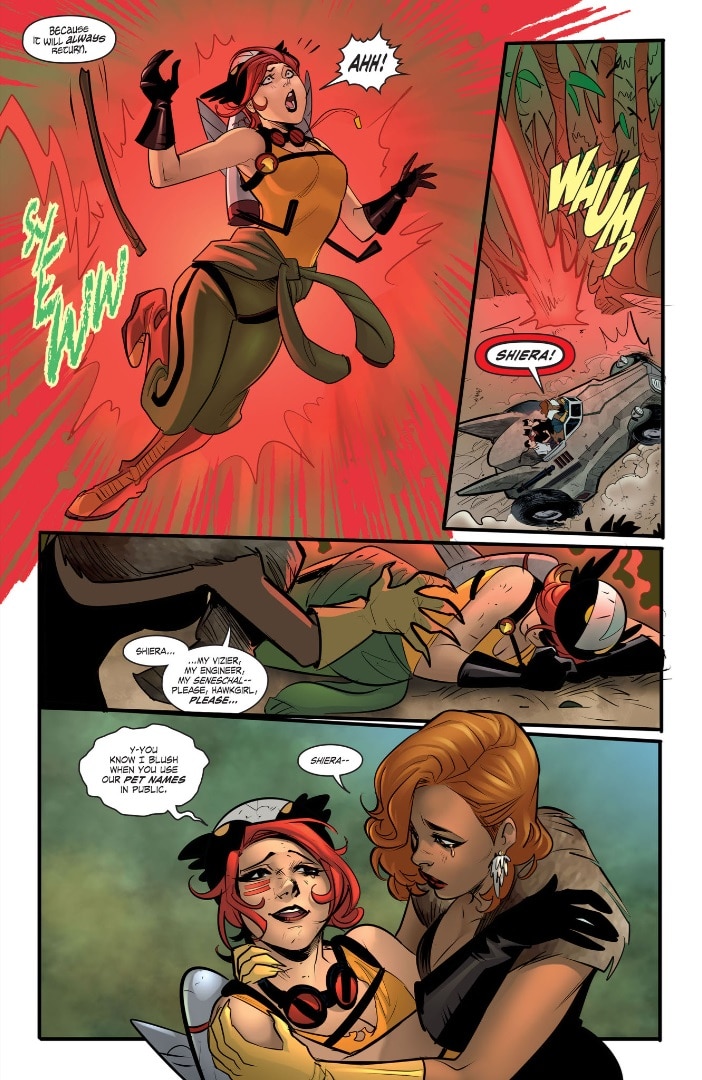
Being part of the LGBTQIA+ community is about who you love and who you are, and DC Comics: Bombshells doesn’t just feature queer women, but showcases queer relationships and love. I counted over a half dozen sapphic couples, including some that would go on to become canon in the main DC Universe. DC Comics: Bombshells features Harley Quinn and Poison Ivy’s first on-page kiss! Batwoman, one of the most famous lesbian characters in mainstream comic books, also plays a significant role in the story, along with her established relationships with Maggie Sawyer and Renee Montoya. Then we have characters who have been bisexual coded since the dawn of their existence, like Wonder Woman and Catwoman. Both have their identities further explored and embraced in the series (something that was happening in the mainstream DCU around this time too).
But what DC Comics: Bombshells does that makes it the ultimate sapphic story is it allows characters to be unapologetically queer even if they aren’t so in the mainstream community. For example, Supergirl gets her moment with Eloisa Lane, mirroring and replacing the classic romance between Clark Kent’s Superman and Lois Lane. We also have Hawkgirl and Vixen, Wonder Woman and Mera, Big Barda and Doctor Light, and Alysia Yeoh who is trans—we love transgender sapphic representation here—who is with fellow Batgirl, Nell Little.
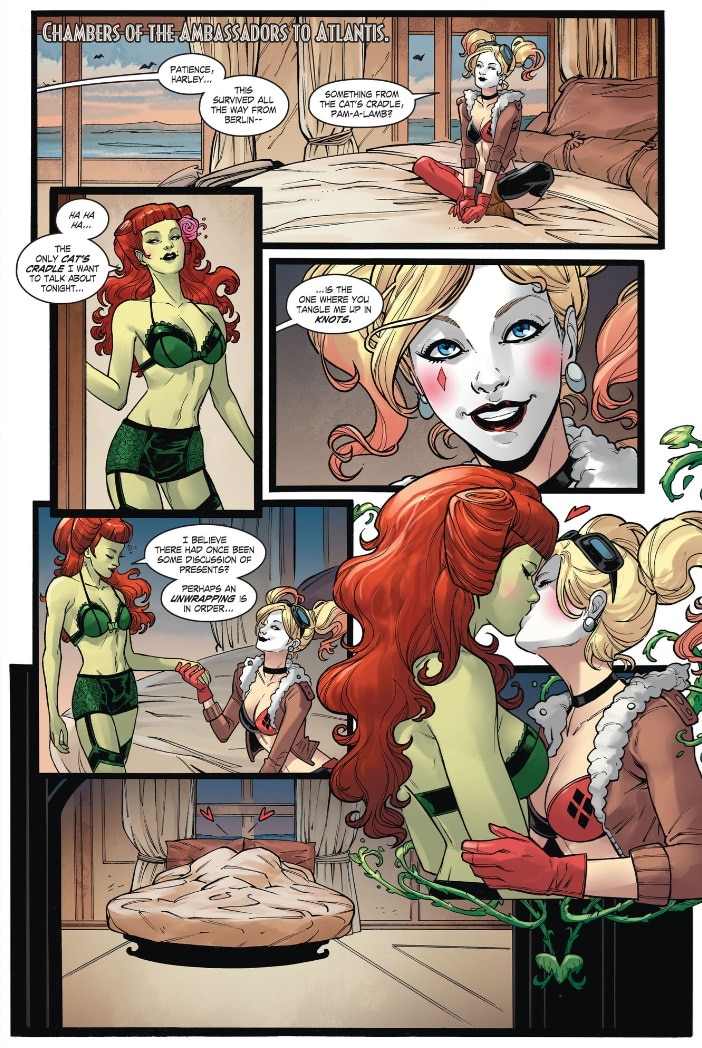
In a world where queer and sapphic romances aren't as common as straight and cis relationships in media, it’s refreshing and empowering to see a world where the majority of the characters are part of the LGBTQIA+ community. Most stories we see in movies, television, comics and books focus on straight couples—so to see people with my identity and experiences represented in superhero media is affirmational. I didn’t think I liked romance until I came into myself as a queer woman, then I understood I was looking in the wrong places and watching media that didn’t represent me or my feelings.
I read DC Comics: Bombshells when I was a teenager and it was one of the first comic books that made me fall in love with the medium and with DC Comics. Representation is invaluable in media, and DC Comics: Bombshells celebrates sapphic identities through a fun, surprising and absolutely thrilling narrative, that also just happens to be remarkably queer. Ten years after it’s debut, that’s a victory that’s still worth celebrating.
DC Comics: Bombshells and Bombshells: United can both be read in full on DC UNIVERSE INFINITE.
Sami DeMonster writes about superheroes, horror and sci-fi for DC.com and reviews comics every week on social media. Follow her at @samidemonster on Instagram and Substack.
NOTE: The views and opinions expressed in this feature are solely those of Sami DeMonster and do not necessarily reflect those of DC or Warner Bros. Discovery, nor should they be read as confirmation or denial of future DC plans.
